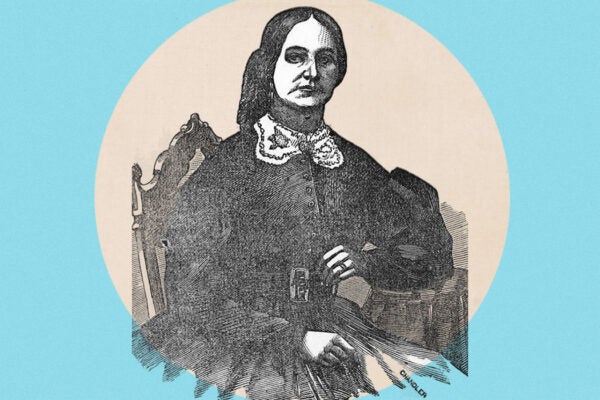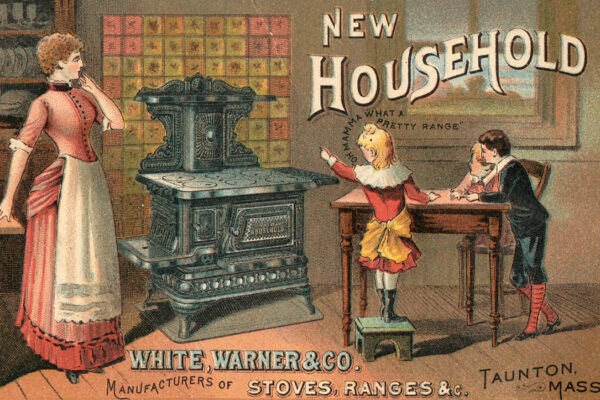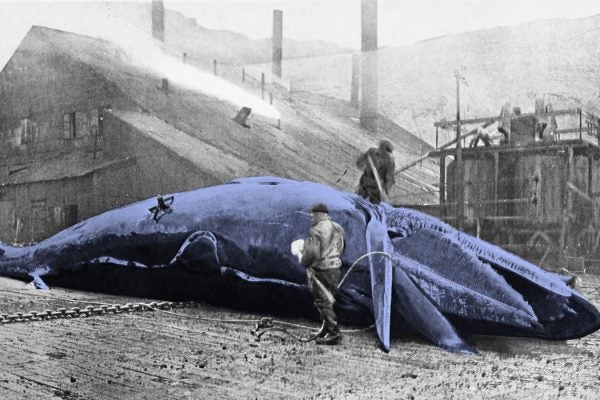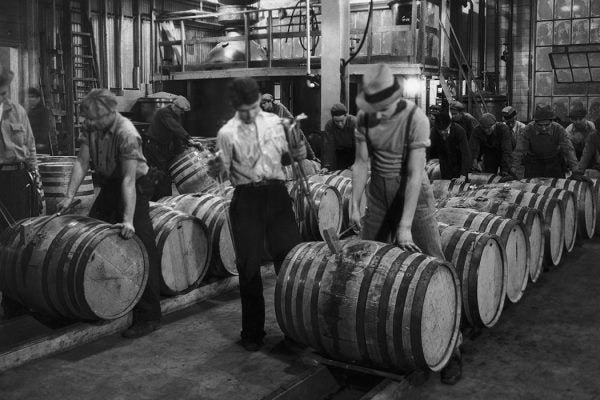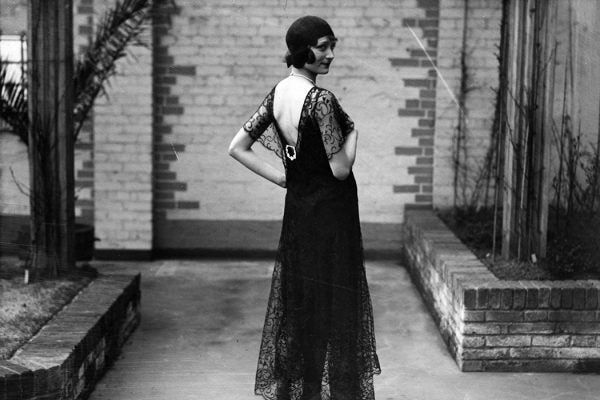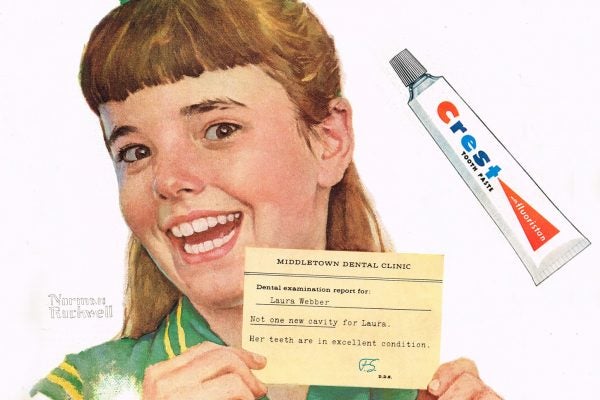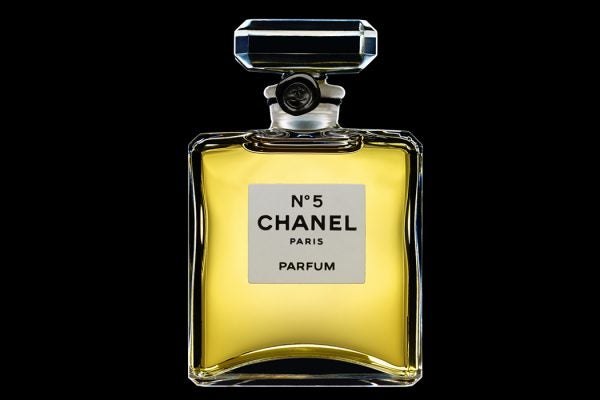Fruit Geopeelitics: America’s Banana Republics
The one-way movement of wealth in the banana trade contributed to the political and economic conditions that challenged its hegemony after World War II.
Money, Murder, and Mrs. Clem
Nancy Clem was a Gilded Age con artist whose swindles eventually turned deadly. Her crimes would test the era’s assumptions about class, gender, and criminality.
How Stovemakers Helped Invent Modern Marketing
Most people in the United States have a stove in their kitchen. But how did this “must-have” come to be?
So You Plan to Teach Moby Dick
The study of Melville’s novel is enhanced by contextualizing it with primary and secondary sources related to the American sperm whaling industry.
Bourbon Country
Examining the ingredients—time, grain, government regulations—that have made bourbon an enduring national favorite.
Can You Copyright a Dress?
Fashion houses in 1920s Paris used copyright laws to protect their designs. In New York, not so much.
You’ll Never Believe Who Invented Curbside Recycling
Far from ushering in a zero-waste world, the switch from returnables to recycling provided cover for the creation of ever more packaging trash.
How Toothpaste Got Scientific Cred
Would you brush with a toothpaste for the sweet taste alone or because of its touted health benefits? The answer wasn't always so obvious.
The East India Company Invented Corporate Lobbying
The historian William Dalyrmple's new book, The Anarchy, indicts the East India Company for "the supreme act of corporate violence in world history."
The French Perfume Boom
The marketing of scents through clever branding, rather than real differences in what’s being sold, originated in nineteenth-century France.

